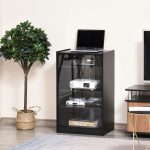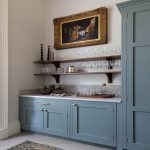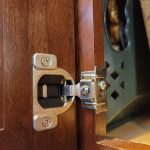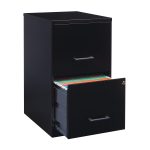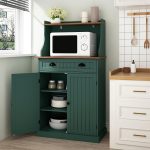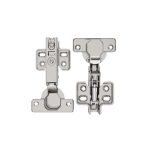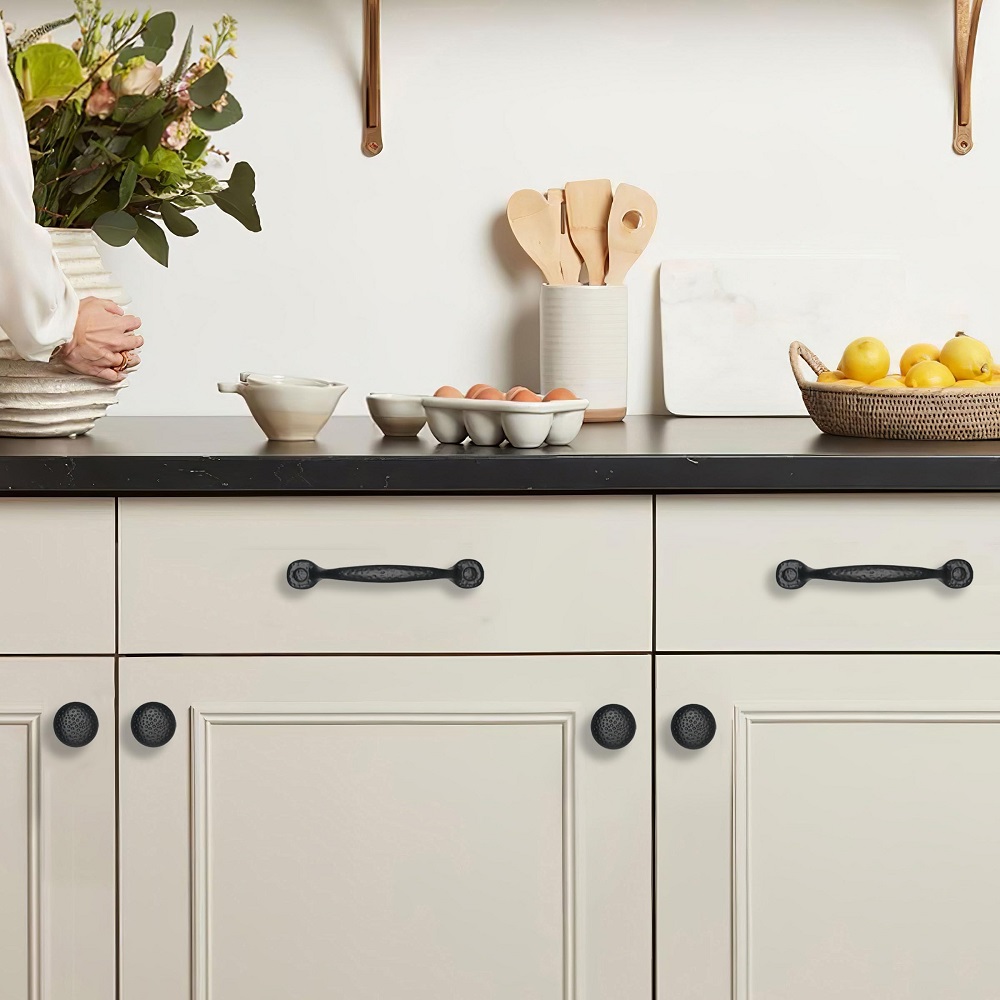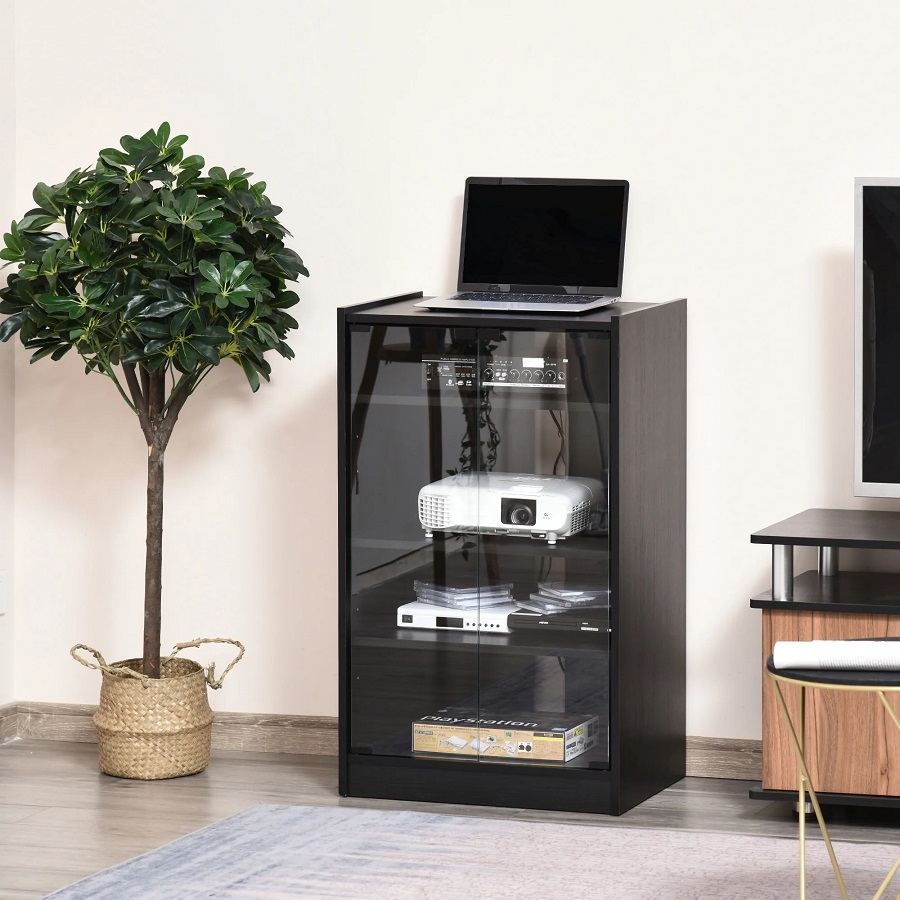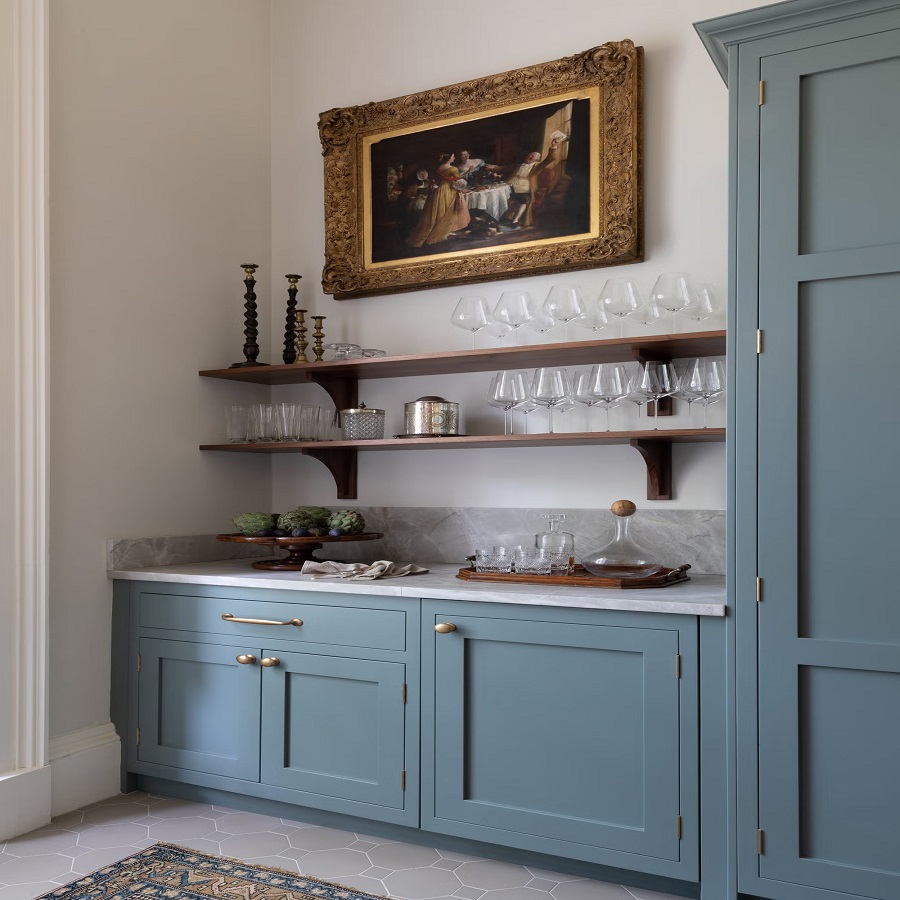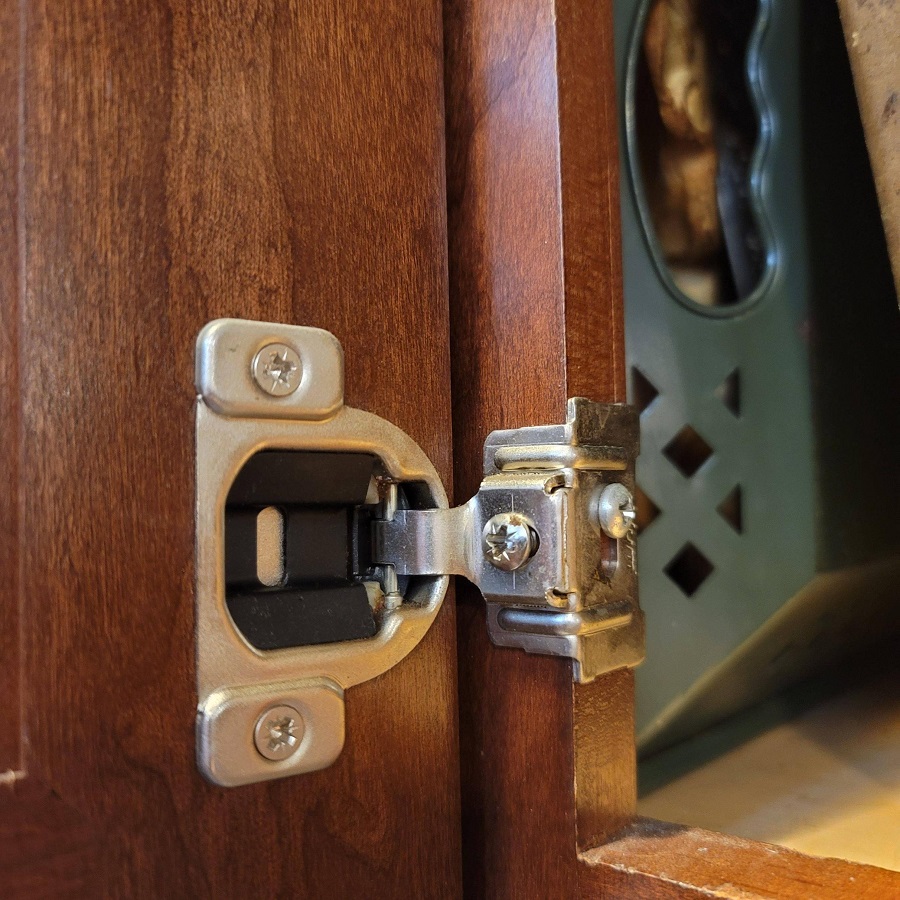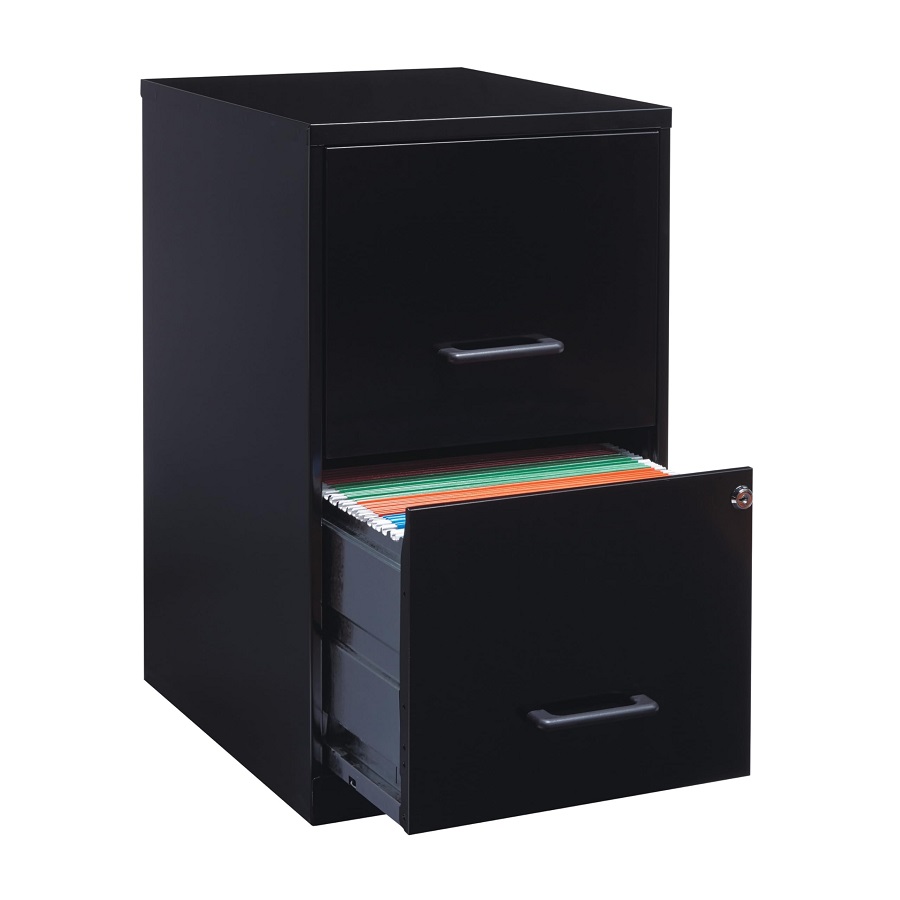The Importance of Cabinet Knobs in Kitchen Design
Cabinet knobs may seem small, but they hold significant weight in kitchen design. These tiny fixtures are the jewelry of the kitchen, giving it personality and style. They are not just for opening and closing cabinets; cabinet knobs can tie together the look of the space.
Choosing the right cabinet knobs can enhance the overall feel of your kitchen. Whether you choose a modern, sleek knob or a classic, ornate one, it can set the tone for the room. A well-chosen cabinet knob can complement your cabinetry, draw attention to your backsplash, or offer a pop of color.
Functionality meets design with cabinet knobs. They protect cabinet finishes from oils and dirt on hands, reducing smudges and wear. Also, ease of use is paramount. Knobs that are the right size and shape for your hands make accessing your cabinets effortless.
A cohesive kitchen design incorporates well-chosen cabinet knobs that align with the kitchen’s theme. They should match or complement both the color and the style of your cabinets and other hardware. With the right cabinet knobs, even the simplest cabinets can be transformed into pieces of art.
Considerations for cabinet knobs go beyond aesthetics. Think about the day-to-day use and the impact on your experience in the kitchen. Well-appointed cabinet knobs can make a huge difference in the functionality and the visual appeal of your cooking space.
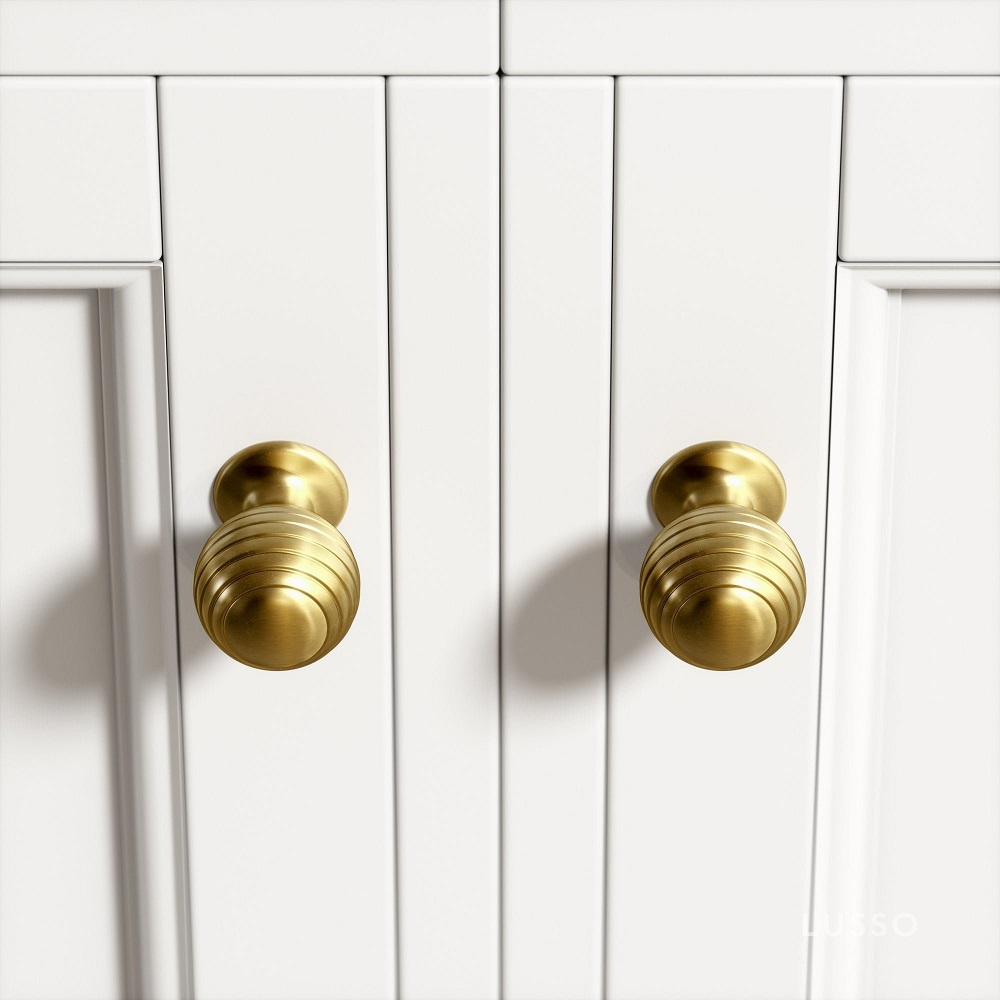
Different Materials for Cabinet Knobs
When selecting cabinet knobs, the choice of material is vital. It affects both aesthetics and durability. Here are some popular materials you might consider for your cabinet knobs.
- Metal: Metal knobs offer a crisp and modern look. They can withstand frequent use and are easy to clean. Common metals include stainless steel, brass, and bronze.
- Glass: Glass knobs bring a touch of elegance and can work well in a vintage or shabby chic kitchen. They come in various colors and shapes but require delicate handling.
- Ceramic: For a country or bohemian style, ceramic knobs provide a homey touch. They come in a multitude of patterns and colors but can chip if handled roughly.
- Wood: Wood knobs blend seamlessly into rustic or natural-themed kitchens. While versatile in shape and finish, they may not stand up to moisture as well as other materials.
- Plastic: If you’re on a budget, plastic knobs come in many designs and colors. However, they might not last as long as other materials and might feel less substantial.
- Crystal: For a bit of sparkle and luxury, crystal knobs can be the jewel of your cabinets. They should be cleaned carefully to maintain their shine.
Your choice should factor in not only the style of your kitchen but also practical concerns like how often you use your cabinets and how much maintenance you’re willing to perform. Cabinet knobs serve as both functional tools and design elements, so choose a material that complements your daily life and the aesthetic of your kitchen.
Styles of Cabinet Knobs and Pulls
When it comes to the style of cabinet knobs and pulls, the options are vast and varied. This choice can define the character of your kitchen, impacting its aesthetic appeal significantly. Here’s a look at some of the styles you might consider.
- Traditional: These knobs or pulls often feature classic designs with ornate detailing. They can add a timeless elegance to your cabinets.
- Contemporary: Sleek lines and minimalistic shapes define contemporary cabinet hardware. This style suits modern kitchens well.
- Transitional: If you’re aiming for a balance between classic and modern, transitional knobs are the way to go. They blend elements from both styles to fit into various kitchen designs.
- Industrial: For a bold statement, industrial-style knobs and pulls bring rugged and raw textures into the kitchen, fitting well with exposed brick or stainless steel features.
- Rustic: Emphasizing natural beauty, rustic knobs often come in weathered or hand-forged finishes, perfect for farmhouse-style kitchens.
- Novelty: Fun shapes, vibrant colors, and unique designs come into play with novelty knobs. These are great for adding a personal touch or playful element to your kitchen.
Your choice should not only reflect the style of your kitchen but also consider the cabinet’s function and who will use it. For example, larger knobs or pulls may be easier for small hands or those with limited dexterity to grasp. When you match style with practicality, your cabinet knobs can enhance both the look and usability of your kitchen. Each style of cabinet knob and pull brings its ambiance to the room, so it’s crucial to select ones that resonate with the space’s existing or planned aesthetic.
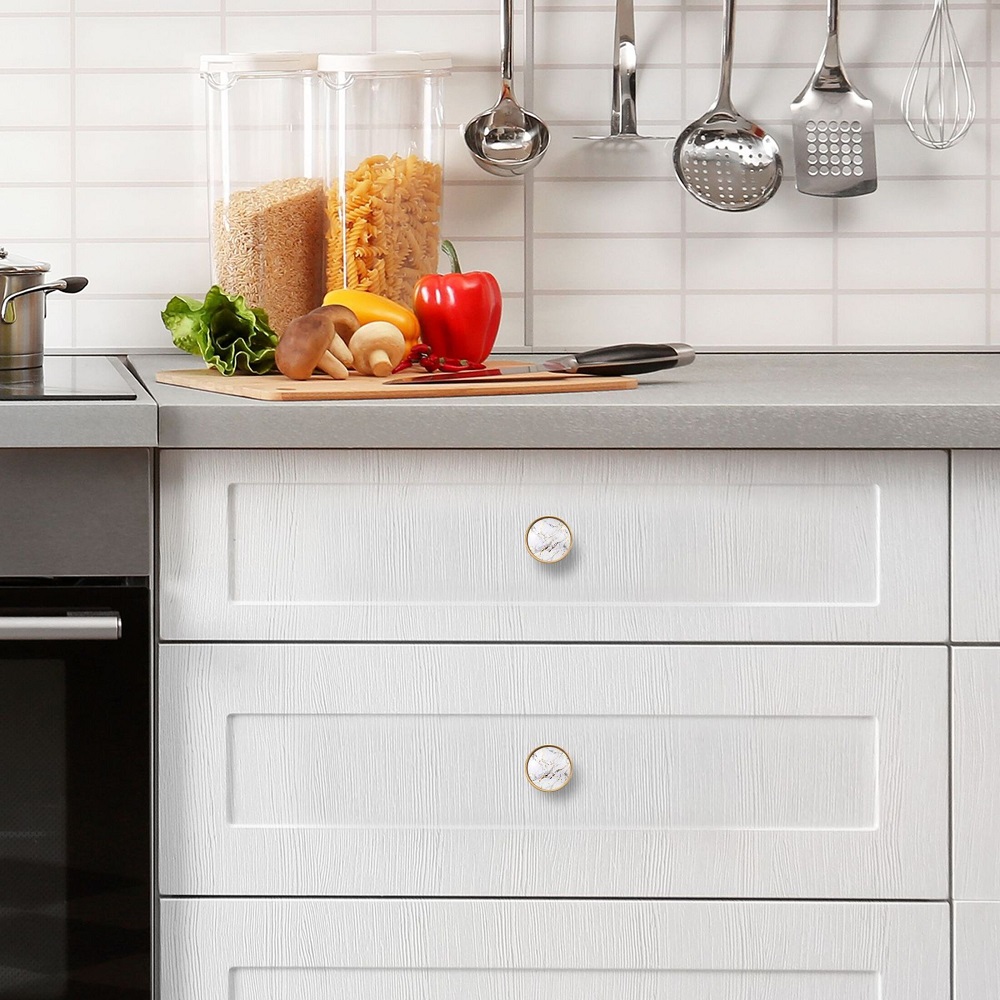
How to Match Cabinet Knobs with Your Cabinet Finishes
When upgrading your kitchen, finding the right match between cabinet knobs and cabinet finishes is essential. This pairing can have a significant impact on your kitchen’s look and feel. Consider the following tips to ensure harmony and a flawless design outcome.
- Acknowledge the Cabinet’s Tone: Start by looking at the color and finish of your cabinets. Lighter woods pair well with knobs that have a subtle, understated design. Darker woods can support more ornate, bold knobs.
- Consider the Cabinet Style: The style of your cabinet is another critical factor. Sleek, modern cabinets often look best with minimalist knobs. More detailed, traditional cabinets may call for intricate knob designs.
- Match or Contrast: Choose knobs that either match your cabinet finish for a seamless look or contrast it to create an accent. For example, brushed nickel knobs can look great on both dark and light cabinets, while antique brass may complement darker finishes better.
- Examine Surrounding Elements: It’s not just about the cabinets. Your knobs should also align with the kitchen’s overall design, including the appliances and countertop materials. Stick to one metal finish for a cohesive look, or mix metals carefully for a more eclectic style.
- Factor in Lighting: Remember, kitchen lighting can change the appearance of your cabinet knobs. Test out your knobs under different lighting conditions to ensure they complement your cabinet finishes throughout the day.
Choosing the right cabinet knobs to match your cabinet finishes is a subtle art that can elevate the entire aesthetic of your kitchen. Don’t rush the process. Sample multiple styles and live with them for a bit before making a final decision. This way, you’ll achieve a harmonious, stylish kitchen that reflects your personal taste and design vision.
The Role of Cabinet Knobs in Ergonomics
When it comes to kitchen design, the ergonomics of cabinet knobs is crucial. This isn’t just about the look; it’s about comfort and efficiency in your kitchen operations. Cabinet knobs play a key role in the ease with which you can open and close cabinets, especially if you spend a lot of time cooking or baking.
Cabinet knobs should be easy to grip and turn, even when your hands are wet or full. They should not cause strain to your fingers, wrists, or arms. For people with limited mobility or conditions like arthritis, ergonomically-designed knobs are a boon, enabling them to use their kitchens without added difficulty.
Here are some ergonomic aspects to consider when choosing cabinet knobs:
- Size and Shape: Choose knobs that fit comfortably in your hand. They should not be too small or too flat, as this can make them harder to grip.
- Material: Some materials provide a better grip than others. Metal knobs, for example, can sometimes be slippery if your hands are wet.
- Placement: The height and position of cabinet knobs can affect ergonomics. They should be placed at a height that is natural and doesn’t require excessive stretching or bending.
- Safety: Sharp edges or points on knobs can be a hazard, especially for children. Look for knobs with a smooth finish to prevent injuries.
Remember, the right cabinet knobs can make a big difference in how comfortable and functional your kitchen is. Take the time to choose knobs that look great and work well for you and your family’s needs. Ergonomics is all about creating a space that is efficient, safe, and comfortable for everyone, and cabinet knobs are a small but significant part of that.
Installation Tips for Cabinet Knobs
Installing cabinet knobs is a process that can greatly impact the functionality and look of your kitchen. Here are some tips to help you with the installation process:
- Measure Twice: Before drilling any holes, measure the cabinet door or drawer and mark the spot where you plan to install the knob. Make sure that the placement feels natural and is in line with the design of the cabinet.
- Use a Template: To ensure consistency, use a template for drilling holes. This can be a commercial jig or a homemade guide. A template helps in maintaining uniformity, especially if you’re installing multiple knobs.
- Drill Properly: Use a drill bit that is the right size for your screws. Drilling a hole that is too small can split the wood, while a hole that is too large will leave the knob loose.
- Start with a Pilot Hole: Drilling a pilot hole before the actual hole can prevent the wood from splintering. It also guides the screw correctly when you’re ready to secure the knob.
- Install the Screw: Once the hole is drilled, push the screw through the back and thread the knob onto the screw from the front. Tighten firmly, but be careful not to over-tighten and strip the screw.
- Double Check: After installation, pull on the knob a few times to ensure it’s secure. A loose knob can be frustrating and can cause damage over time.
- Use the Right Tools: A screwdriver or a power drill with the correct bit can make a big difference. Make sure you have all the necessary tools before starting the installation.
- Seek Assistance If Needed: If you’re not confident in your ability to install the knobs neatly, there’s no shame in seeking help from a friend or hiring a professional.
By following these simple installation tips, your cabinet knobs will be both functional and a beautiful addition to your kitchen design. Make sure to evenly space the knobs and keep them aligned for a classy and symmetrical look.
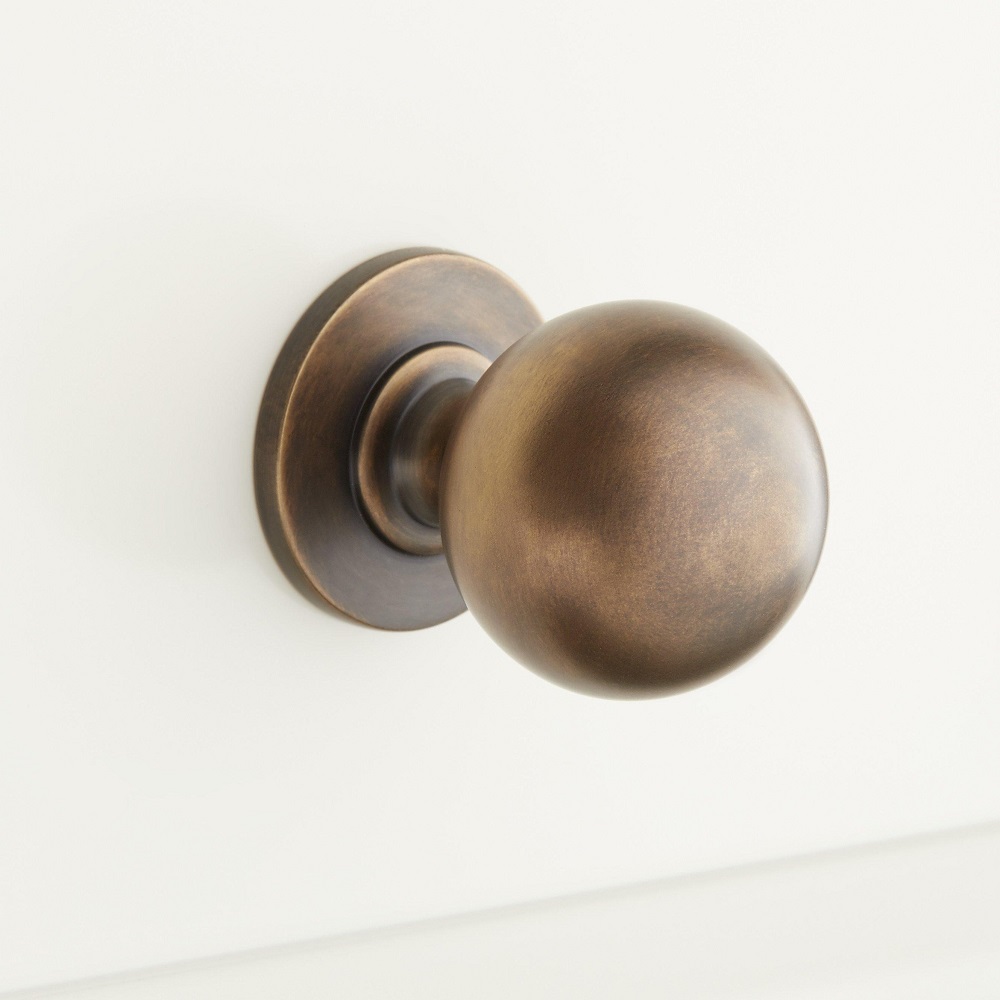
Where to Shop for Cabinet Knobs
Finding the right cabinet knobs involves knowing where to shop. Here are popular places to find a variety of options:
- Home Improvement Stores: Large chains like Home Depot or Lowe’s offer a wide selection. You can find knobs of various materials and styles here.
- Specialty Hardware Stores: These stores focus on hardware, including unique and high-quality cabinet knobs.
- Online Retailers: Websites like Amazon, Wayfair, or Etsy provide extensive collections and allow you to shop from home.
- Antique Shops: For vintage or one-of-a-kind cabinet knobs, check out local antique shops.
- Craft Fairs: Artisans often sell handmade cabinet knobs that add a personal touch to your kitchen.
- Manufacturer Websites: If you’re looking for a specific brand, visit the manufacturer’s site.
When shopping, consider the return policy in case the knobs don’t fit your cabinets as expected. It’s also wise to check reviews when shopping online to ensure quality. Keep in mind the importance of durability and how the material of the knobs matches with your cabinet’s design and usage. Don’t be afraid to order samples if you’re unsure—the right cabinet knobs can significantly enhance your kitchen’s aesthetic and functionality.
Maintaining and Cleaning Cabinet Knobs
Maintaining and cleaning cabinet knobs is key to keeping your kitchen looking its best. Regular upkeep prevents wear and preserves the knobs’ appearance. Here are practical tips for care:
- Dust Regularly: Wipe knobs weekly to remove dust accumulation.
- Use Gentle Cleaners: Apply mild soap and water for basic cleaning. Avoid harsh chemicals.
- Dry Thoroughly: After washing, dry knobs completely to prevent water spots.
- Polish as Needed: For metal knobs, use appropriate polish to maintain shine.
- Avoid Abrasives: Steer clear of abrasive tools that can scratch surfaces.
- Tighten Loose Knobs: Check knobs periodically and tighten screws to ensure stability.
- Repair or Replace: Fix damaged knobs or replace them to avoid injury from sharp edges.
Cabinet knobs made of different materials may need specific care methods. For instance, glass knobs require a gentle touch, while metal ones might need oiling to avoid rusting. For wooden knobs, avoid water as it can cause swelling or warping.
By following these maintenance guidelines, you ensure that your cabinet knobs remain in top condition. This not only boosts their functionality but also enhances your kitchen’s overall charm.
